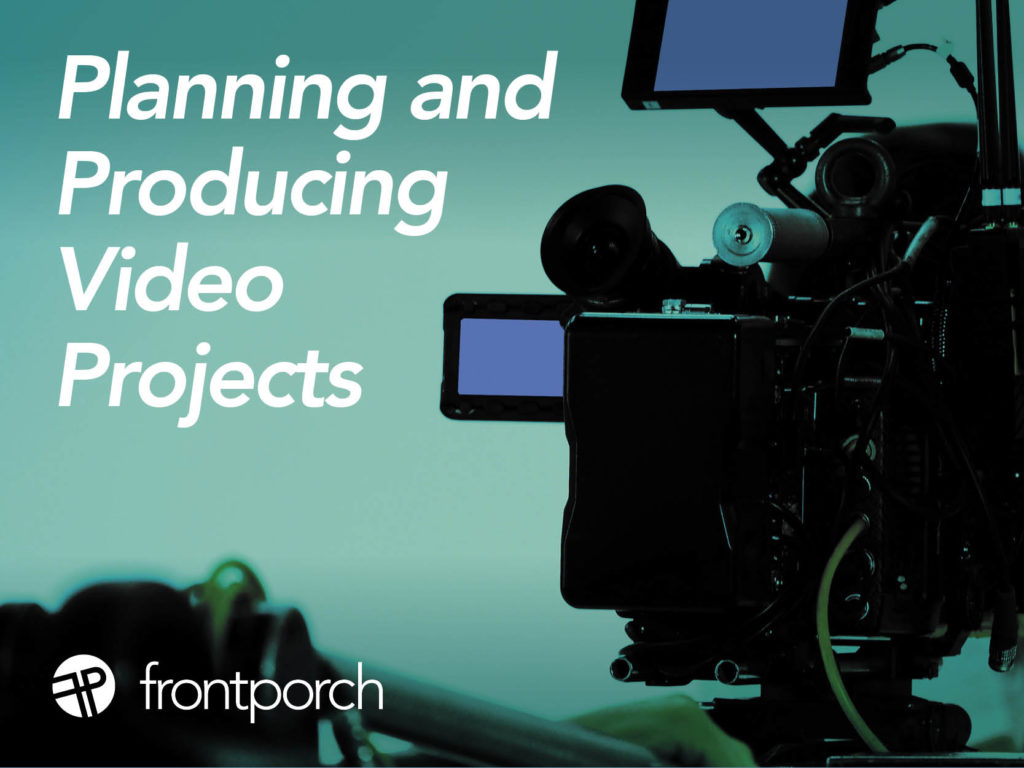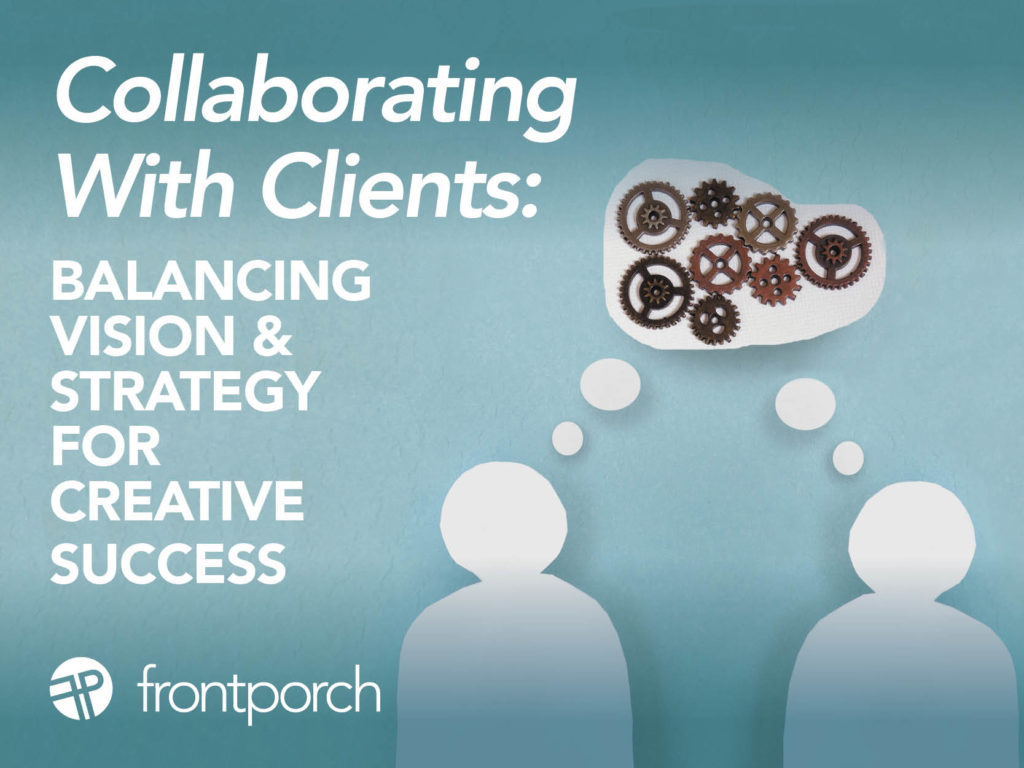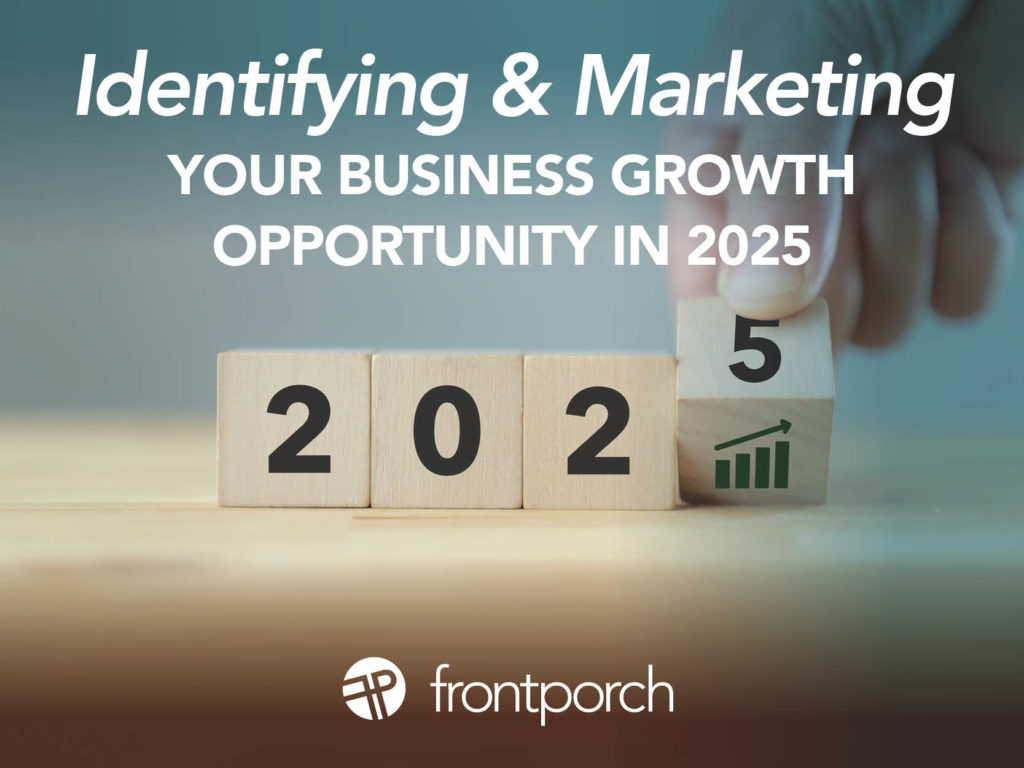
When was the last time you embarked on producing video projects for a client? For most of us the probability is high as they aren’t every day, week or month projects. So, while video production is FUN and it’s important to be aware of video marketing trends, it can also be a hectic time. We might have a vision in our head of how we want the finished product to turn out, but it takes a lot of work to get there.
From the planning that takes place during preproduction, to shooting the content during production and editing the footage during postproduction it can all become a little overwhelming. Let’s spend a few minutes walking through the process from start to finish, so your next video project is smooth sailing.
Preproduction for Video Projects Is Important
Let the planning begin! All successful video projects start with a buttoned-up plan. While the list below might not be all-inclusive, it can be used as a springboard to get started.
- Kickoff Planning Meeting(s)
First things first, you need to gather the key players to define the objective and goals of the video. - Create a Project Overview.
This document outlines the following elements of the shoot:- Objective
- Goals
- Project Scope
- Video Content
- Shoot Location, Duration, Dates and Delivery of Final Product
- Estimate
- This can encompass storyboarding/scripting, videographer costs (pre/production/post), photographer costs, project management, expenses (mileage, music, stock footage, meals, hair/makeup, wardrobe, meals, talent, etc.).
- Shoot Deliverables
Once a video projects’ overview document and estimate has been client approved, it’s time to get busy on the deliverables.- Create a detailed project timeline and assign team responsibilities.
- Secure the videographer and talent, photographer, hair/makeup and wardrobe (if needed).
- Develop the script and storyboard.
- Scout the location.
- Schedule the shoot. Create a detailed timeline for the day(s) of filming. Make sure everyone knows when and where to be and include contact names and phone numbers.
- And don’t forget the food. The last thing you want is a hangry team!
It’s Time to Create Your Video Project: Production
The plan is set, and it is time for filming to commence.
It’s finally time to implement all the careful planning that has taken place. The video team will arrive well before the talent to set up the camera equipment, lighting, mikes, teleprompter. The set will also need to be prepped for filming. That might mean setting up any props, adjusting furniture, etc.
Next comes the hair/makeup/wardrobe team and talent. While the video team is finalizing film prep, the talent is becoming camera ready.
The film crew, set and talent are ready so its time for a quick walk through to make sure everyone is comfortable with their roles and knows the process/filming order for the day. And remember, there are going to be hiccups. Set or script adjustments need to be made. Someone is running late. There is a wardrobe malfunction. Remember to breathe and that every problem has a solution.
So now…Quiet on the set! Action!
Postproduction of Your Video Project
The film is ‘in the can’ and postproduction is ready to commence.
During this phase the videographer will sort and organize all of the raw footage, edit the video to tell your story, add graphics and voice and music tracks. When you are happy with the edited piece it is ready to share with your client for feedback.
Once client approved, you can then develop the different video formats needed and deliver the finished product for distribution through your various marketing channels.
Now that you know the roadmap for video project production, it’s time for you to create your masterpiece.



